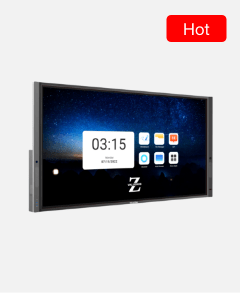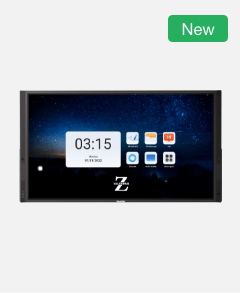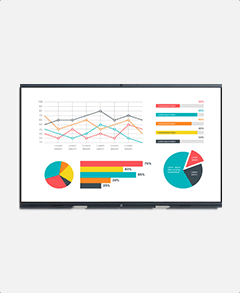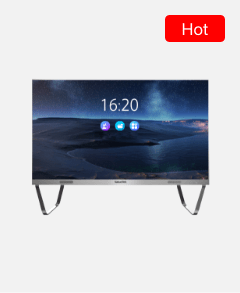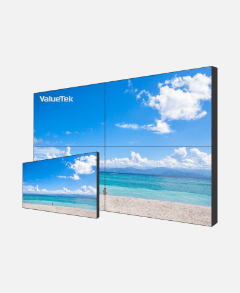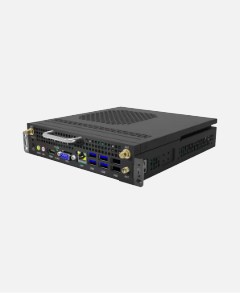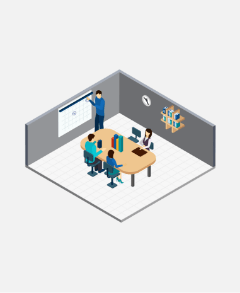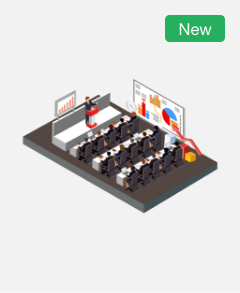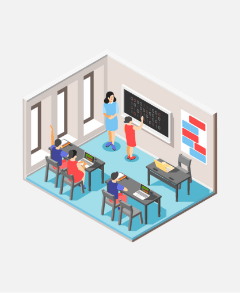The Benefits of Interactive Displays for Educational Facilities

Interactive displays are becoming increasingly popular in educational facilities due to their ability to enhance the learning experience for students. In this advertorial, we will explore the benefits of using interactive displays in schools.
Enhancing the Learning Experience of Interactive Displays
Interactive displays can engage students and enhance the learning experience in many ways. For example, interactive touchscreens can provide students with a hands-on experience that promotes engagement and active learning. Multimedia resources such as videos, animations, and images can also be displayed on the screen, making lessons more engaging and relevant to students’ lives. Real-time collaboration tools enable students to work together in groups, share their ideas, and collaborate on projects, promoting teamwork and problem-solving skills. By providing students with interactive and collaborative experiences, interactive displays can improve engagement, retention, and understanding of the material.
Easy-to-Use Technology of Interactive Displays
Interactive displays are designed to be user-friendly for both teachers and students. Teachers can easily set up and use the displays, and students can quickly learn how to interact with the touchscreen technology. Many interactive displays come with intuitive software that makes it easy to create and share content, reducing the time and effort required to prepare lessons. Additionally, technical support and resources are available to ensure that any issues are quickly resolved, allowing teachers to focus on their students.
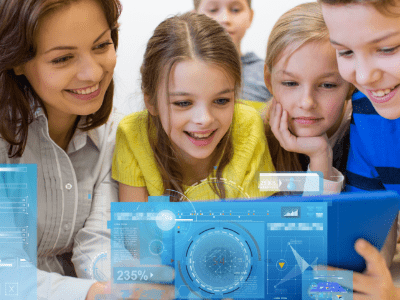
Customization and Personalization of Interactive Displays
Interactive displays can be customized with different software and hardware options to meet the unique needs of different classrooms and schools. With a range of options for software and applications, teachers can tailor interactive displays to fit their specific teaching styles and preferences. For example, interactive displays can be used to create interactive quizzes, virtual field trips, and collaborative projects that align with specific learning objectives. This customization can help students learn more effectively and improve their engagement with the material.
Interactivity and Engagement of Interactive Displays
Interactive displays can make lessons more interactive and engaging. With touchscreens and real-time collaboration tools, students can actively participate in the lesson and work together to solve problems. For example, teachers can use interactive displays to create group activities, such as brainstorming sessions, simulations, and games that promote engagement and teamwork. Interactive displays can also provide multimedia resources that make lessons more engaging and relevant to students’ lives. For instance, teachers can use interactive displays to show videos, animations, and images that illustrate complex concepts and spark students’ interest.

Cost-Effective Solution of Interactive Displays
Interactive displays can be a cost-effective solution for educational facilities. While traditional educational tools, such as textbooks and paper-based materials, can quickly become outdated and need to be replaced, interactive displays provide a long-lasting and versatile solution that can adapt to the changing needs of schools. Additionally, interactive displays can help reduce paper and printing costs, making them an environmentally-friendly option for schools.
In conclusion, interactive displays provide a range of benefits for educational facilities. By enhancing the learning experience, offering easy-to-use technology, allowing for customization and personalization, and promoting interactivity and engagement, interactive displays can improve student engagement and understanding of the material. With the added benefit of being a cost-effective solution, interactive displays are a powerful tool for teachers looking to enhance their students’ learning experience. Whether used for group projects, multimedia presentations, or collaborative activities, interactive displays have the potential to transform the way students learn and engage with their education.


